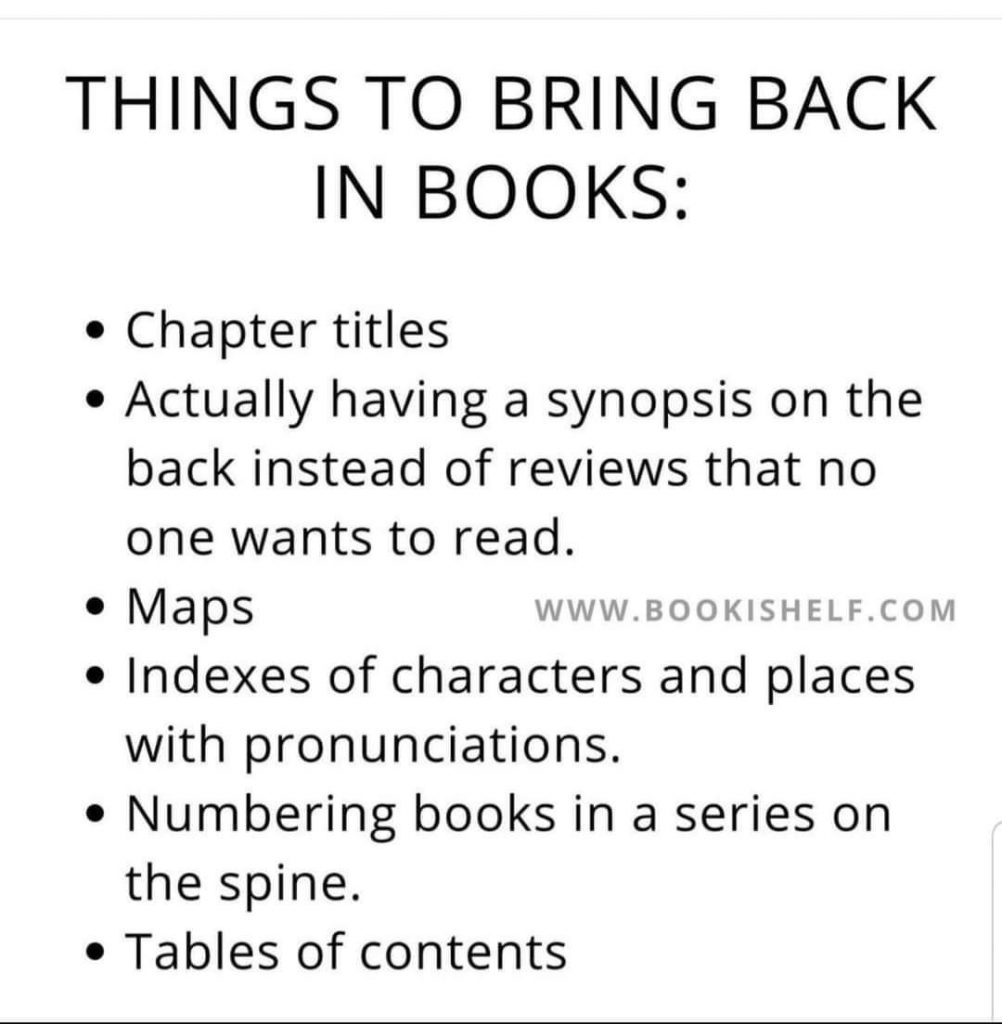Noun: blurb
1. A promotional statement (as found on the dust jackets of books)
I’m studying blurbs.
You know that stuff you find written on the backcover and/or dust jacket of most books? That’s the blurb. It’s underneath the endorsements (if there are any) and the grabber-headline.
My study revealed that opinions differ (Duh!). Some times the terms used for the same things differ. There’s no hard and fast rules, only opinions.
Opinions are called soft data, meaning they’re subjective and hard to pin down into something actionable. However, get enough soft data and you can perform statistical analyses that turns soft data into hard data, meaning objective and pin downable, provided you remember your original source is soft data and therefore your valid results could be valid results based on invalid information or incorrect analyses. Two-thousand people claiming something is valid doesn’t necessarily mean it’s valid. It could mean two-thousand people are incorrect.
The Chinese General Solicitation
I study soft data using The Chinese General Solicitation. I learned the Solicitation a long time ago, it’s served me well ever since in any number of situations:
- Ask the same question to lots of different people.
- Get their answer,
- then ask lots of questions to get an explanation for their answer.
Do that until you run out of time, money, or both (and recognize that the data won’t harden up quickly. You generally need lots of people taking part), then make a list divided as follows:
- Top of the list – find out what everybody agrees to.
- Second part of the list – find out what most people agree to.
- Bottom of the list – pay attention to what you agree with (not because it’s least worthy but because it’s your gut-check station).
Now lets apply these concepts to Blurbs.
1. What does everybody agree to?
Greetings! I’m your friendly, neighborhood Threshold Guardian. This is a protected post. Protected posts in the My Work, Marketing, and StoryCrafting categories require a subscription (starting at 1$US/month) to access. Protected posts outside those categories require a General (free) membership.
Members and Subscribers can LogIn. Non members can join. Non-protected posts (there are several) are available to everyone.
Want to learn more about why I use a subscription model? Read More ch-ch-ch-ch-Changes Enjoy!

